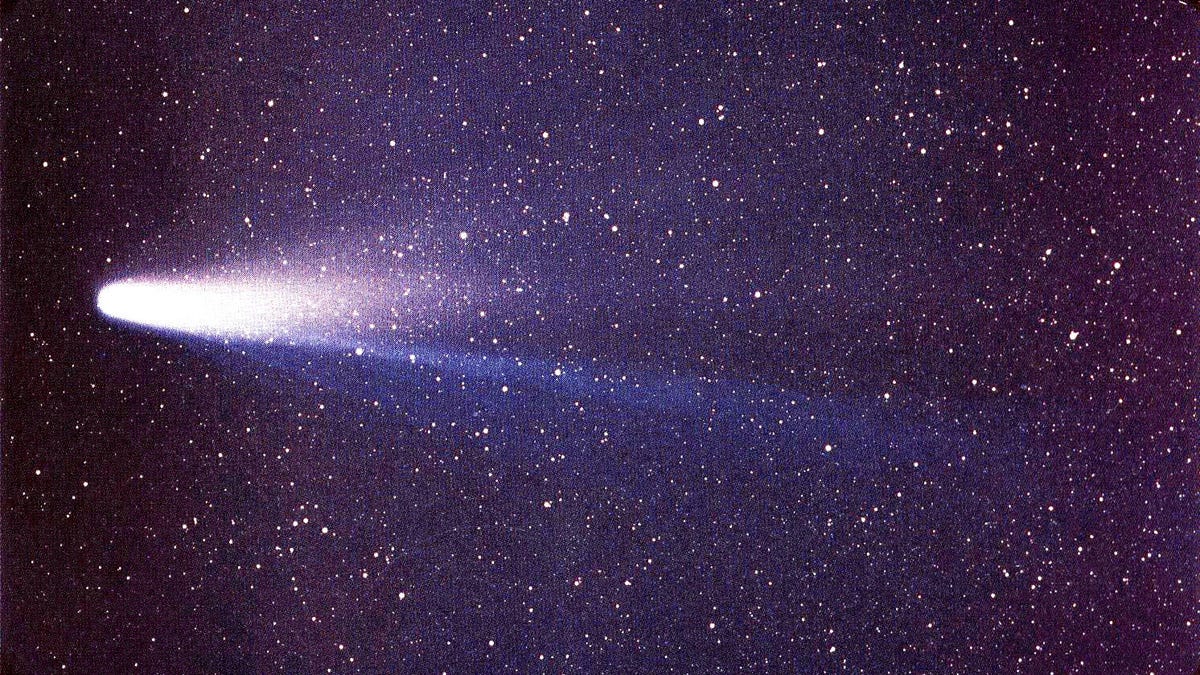How to watch the Orionid meteor shower blaze across the sky this week
Some of the fastest-moving meteors of the year will brighten the night as the annual shower hits its peak.

Halley's Comet in 1986.
Every time a comet visits the inner solar system, streaking across the heavens, it leaves a trail of space crumbs. Halley's comet, which last visited in 1986, left a cloud of dust and debris that our planet drifts through every October. When those bits of cometary leftovers hit our atmosphere, they create the Orionid meteor shower, which is set to peak Tuesday morning.
If you trace the paths of these shooting stars back to their origin, they'll appear to originate from the constellation Orion, but that doesn't mean you need to stare at Orion to catch the meteors, which will streak across the sky.
In fact, the Orionids are among the fastest meteors, shooting toward the horizon at speeds of 41 miles (66 kilometers) per second. As a result, they tend to leave long and persistent trains that might appear to hang in the sky for a few seconds.
The American Meteor Society recommends finding a place away from light pollution between the hours of midnight and dawn, local time. The moon will be out in the early morning hours, so you'll want to orient yourself to keep it out of your view for the best meteor-spotting.
Under ideal conditions, you might expect to see around 15 meteors per hour, but some research indicates we could be nearing the end of a 12-year cycle in which that amount might easily double or triple.
If the weather doesn't cooperate Tuesday morning or you can't get outside at such insane hours, don't worry. The peak of the Orionids isn't particularly steep, meaning you should have a relatively good opportunity to catch some of the meteors any early morning this week.
Originally published Oct. 21, 9:42 a.m. PT.

